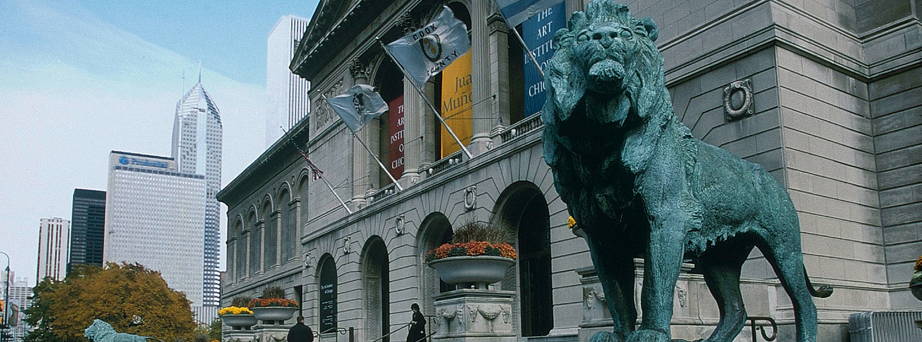Welcome from the General and Program Chairs
Dear IROS 2014 Attendees,
Welcome to Chicago! We are honored to host you at the 2014 IEEE/RSJ International Conference on Intelligent Robots and Systems. We hope you enjoy the technical excellence and innovation on display at IROS 2014.
We received over 1600 paper submissions and nearly 50 workshop and tutorial submissions. Ultimately 750 papers and 27 workshops and tutorials were selected for the final program, with authors from nearly 50 countries from around the world.
This year, for the first time, IROS is experimenting with a new format, where each paper is assigned a three-minute oral presentation and an 80-minute interactive presentation. Each oral session consists of up to 20 3-minute presentations along with one session keynote. In the session immediately following an oral presentation, the presenter presents the work in an interactive session, with the aid of their laptop and an LCD screen, to any attendee whose interest was piqued by the oral presentation. This format allows the number of parallel oral sessions to be shrunk to three, potentially providing larger audiences for the oral presentation, while creating an opportunity for more significant interaction with attendees with related interests.
This "pitch plus interactive" format has been used with success in the smaller, single-track RSS conference. It was also experimented with for a subset of papers at IROS 2011. At ICRA 2012 and ICRA 2013, some papers were chosen for purely interactive presentations (no oral presentations) while others were purely oral presentations. As the robotics community continues to experiment with formats to best serve conference-goers, we decided to try the experiment of treating all papers identically, as "pitch plus interactive." This contrasts with ICRA 2014, which used up to 19 parallel sessions in the "traditional" format. Feedback on the merits of these approaches will be sought from the robotics community, and this feedback will influence future conference organization.
Potential benefits of the "pitch plus interactive" format include a conference that is more physically compact and easier to navigate; potentially wider exposure for presenters' work; encouraging concise and effective presentations; a possibility to see a wider cross-section of current work in robotics; and greater opportunity for significant interaction and networking, particularly for more junior researchers. It also allows each paper to be treated identically, instead of some papers being selected for interactive presentations and some for oral presentations. Challenges include greater A/V support and technical and timing requirements; less in-depth technical presentations on topics that are of interest to you; moving between rooms during talks; and predicting attendance at oral vs. interactive presentations.
In addition to the new conference format, IROS 2014 features 39 session keynotes by leaders in the field; three plenary speeches; a vibrant industrial exhibition and talks from sponsors; special forums and panels on industry and entrepreneurship and government policy as it relates to robotics; and a number of other special events including lunches sponsored by the Robotics Society of Japan and the IEEE Robotics and Automation Society.
Time to socialize with colleagues and potential collaborators is also vital to a good conference, and IROS 2014 provides plenty of opportunities. In addition to the welcome and farewell receptions, the coffee breaks in the Exhibit Hall, and the banquet at the Art Institute of Chicago, the Monday night Explore Chicago social events allow attendees to customize their Chicago experience to their own interests. You can experience one of a variety of uniquely Chicago events: a river and lake architecture cruise, a Chicago Cubs baseball game, a show at the Second City Comedy Club, a blues show at Buddy Guy's Legends, or a bicycle ride along the Chicago lakefront, among others.
Putting together an event like this requires a tremendous amount of volunteer effort. We are fortunate to have an outstanding Organizing Committee. If you see one of them, please thank them for their effort!
Special recognition must go to the Conference Paper Review Board, which handled over 5000 reviews of the submitted papers and helped the Senior Program Committee pick the very best contributions for IROS 2014. The technical expertise of the CPRB was invaluable. Our deepest gratitude goes to Wolfram Burgard, the Editor-in-Chief of the CPRB, for his ethical, efficient, and professional handling of the entire review process.
Again, welcome to Chicago. We hope you find IROS 2014 both professionally and personally rewarding!
 |
 |
|||
| Kevin Lynch Northwestern University IROS 2014 General Chair |
Lynne Parker University of Tennessee IROS 2014 Program Chair |
Copyright © IROS 2014. All Rights Reserved.






















